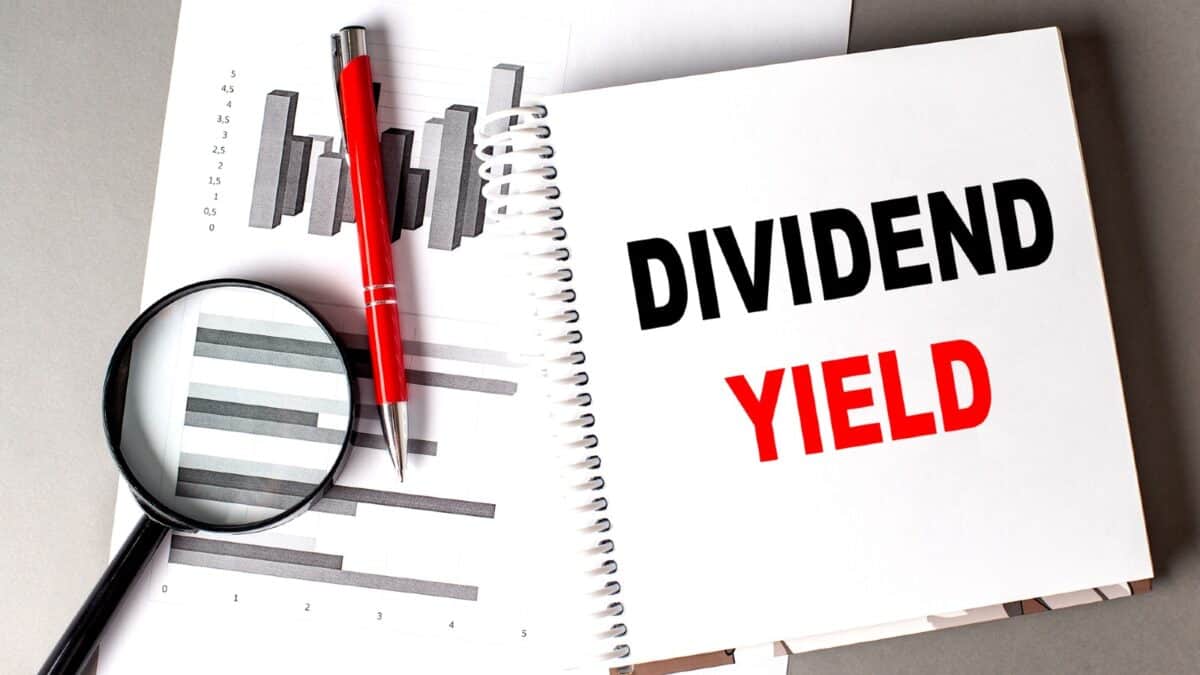The UK stock market is popular with passive income investors for a good reason. There are lot of high-yield shares to choose from – and many of them have long track records of generous payouts.
As an income investor my portfolio is full of dividend stocks. I don’t buy anything else. But I’m starting to wonder if I’ve got a bit carried away.
Looking through my companies, I can see that I own seven stocks with a forecast dividend yield of 9% or more.
These are very high-yield stocks. Such high yields can sometimes be a sign that the market is pricing problems ahead – possibly including a dividend cut.
Have I ended up taking too much risk in pursuit of a higher passive income?
Why I’m not (too) worried
I can’t rule out the risk of problems. Some of my stock selections are definitely tilted towards value – these shares are out of favour with investors at the moment. There could be good reasons for this that I’ve not yet spotted.
Interest rates are another factor. UK government bonds are considered to be risk free and are offering 4% to 5%.
All shares carry some risk, so it makes sense (to me) that some of my income-focused stocks need to provide higher yields, to reflect the risk of future losses.
However, I haven’t gone into these high-yielders blindly. I’ve checked the accounts and done some research. My analysis suggests these businesses are in decent health and should be able to sustain their dividends.
These holdings are also part of a larger diversified portfolio, including a broader mix of (lower-yielding) stocks.
I’d love to write about all of my high-yielders. But there’s not enough space for that here. Instead, I’m going to use the rest of this article to take a closer look at one stock I bought recently that offers a 10% dividend yield.
High risk, high reward?
The stock I’ve chosen is specialist lender International Personal Finance (LSE: IPF). This £266m business operates in nine countries, including Poland, the Czech Republic and Mexico.
IPF offers loans and credit cards to consumers with lower credit ratings who aren’t served by high street banks.
I see this as relatively risky, so I’ve started this investment with a fairly small position. Regulations can change around consumer credit, for example, so that even a well-run business can face a sudden change in trading conditions.
However, the company’s financial performance and clear strategy have given me confidence that this is a well-run business. The latest update from the company covering the third quarter of 2024 shows lending rising by 7% and a reduction in bad loan losses.
Its balance sheet looks well-supported to me and the shares trade on a 2025 forecast price-to-earnings ratio of just five, with a 10% dividend yield.
In my view, this low valuation reflects the risks in this business and has the potential to provide attractive shareholder returns.
For these reasons, I’m comfortable holding the shares. If the company’s 2024 results are as expected and the outlook for 2025 remains positive, I may consider buying a few more.
This post was originally published on Motley Fool



